The brain of my handpuppet will be Raspberry Pi instead of an arduino, as I have no arduino. Small SG90 micro servos will make him move. These servos need for PWM, but I have only PigPio. I have a Prusa i3 Hephestos 3D printer, so I can print small parts I need.
 borazslo
borazslo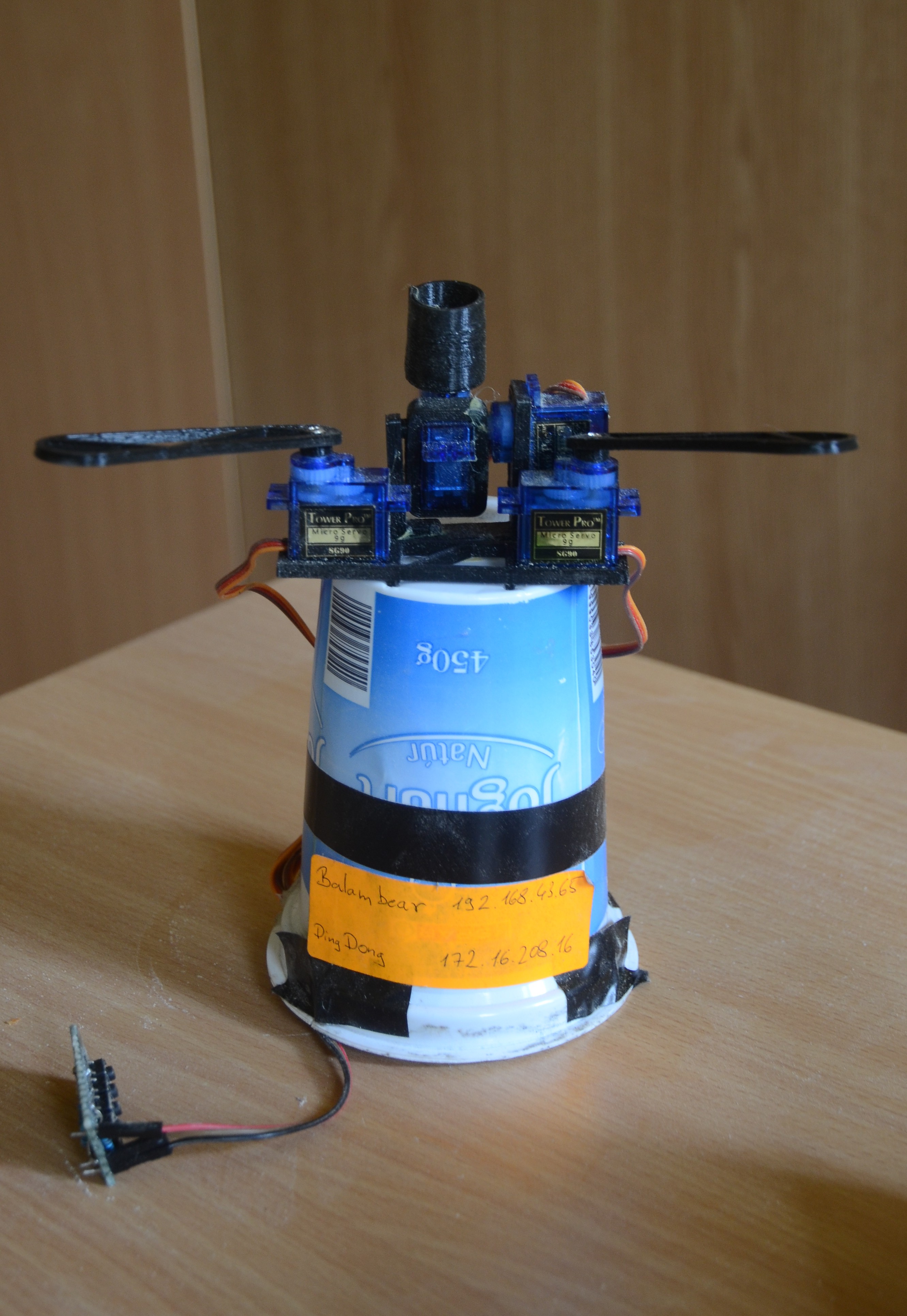


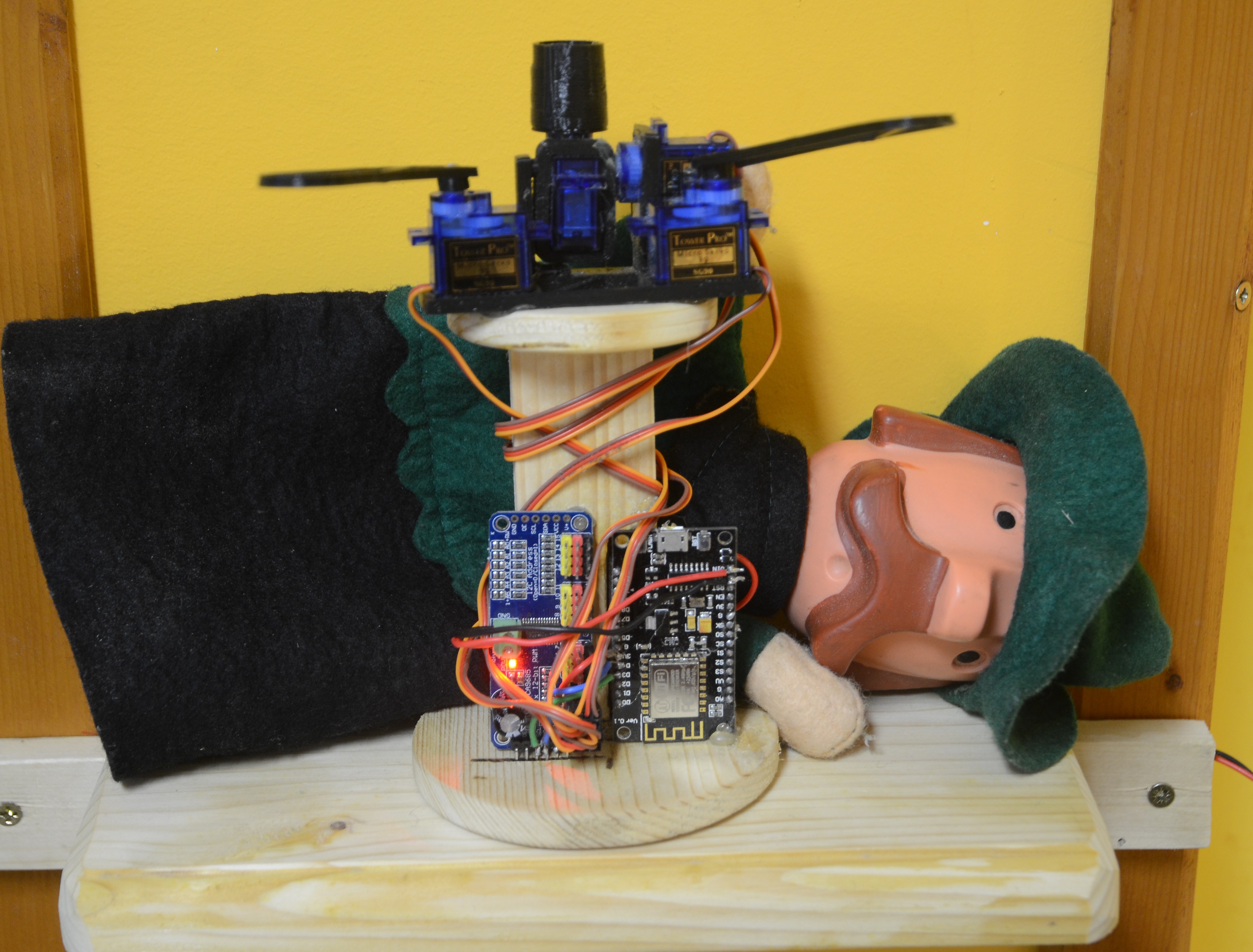
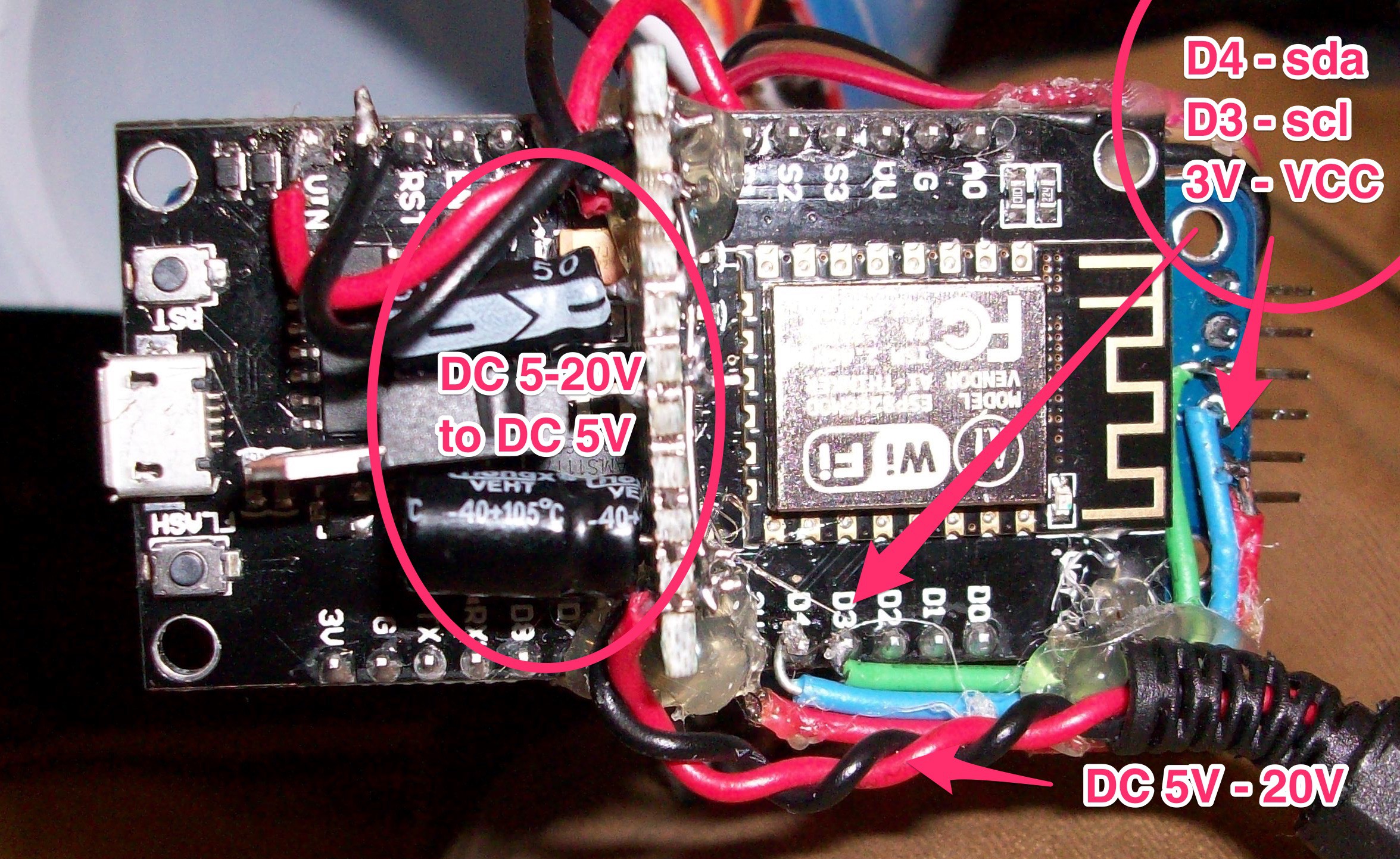
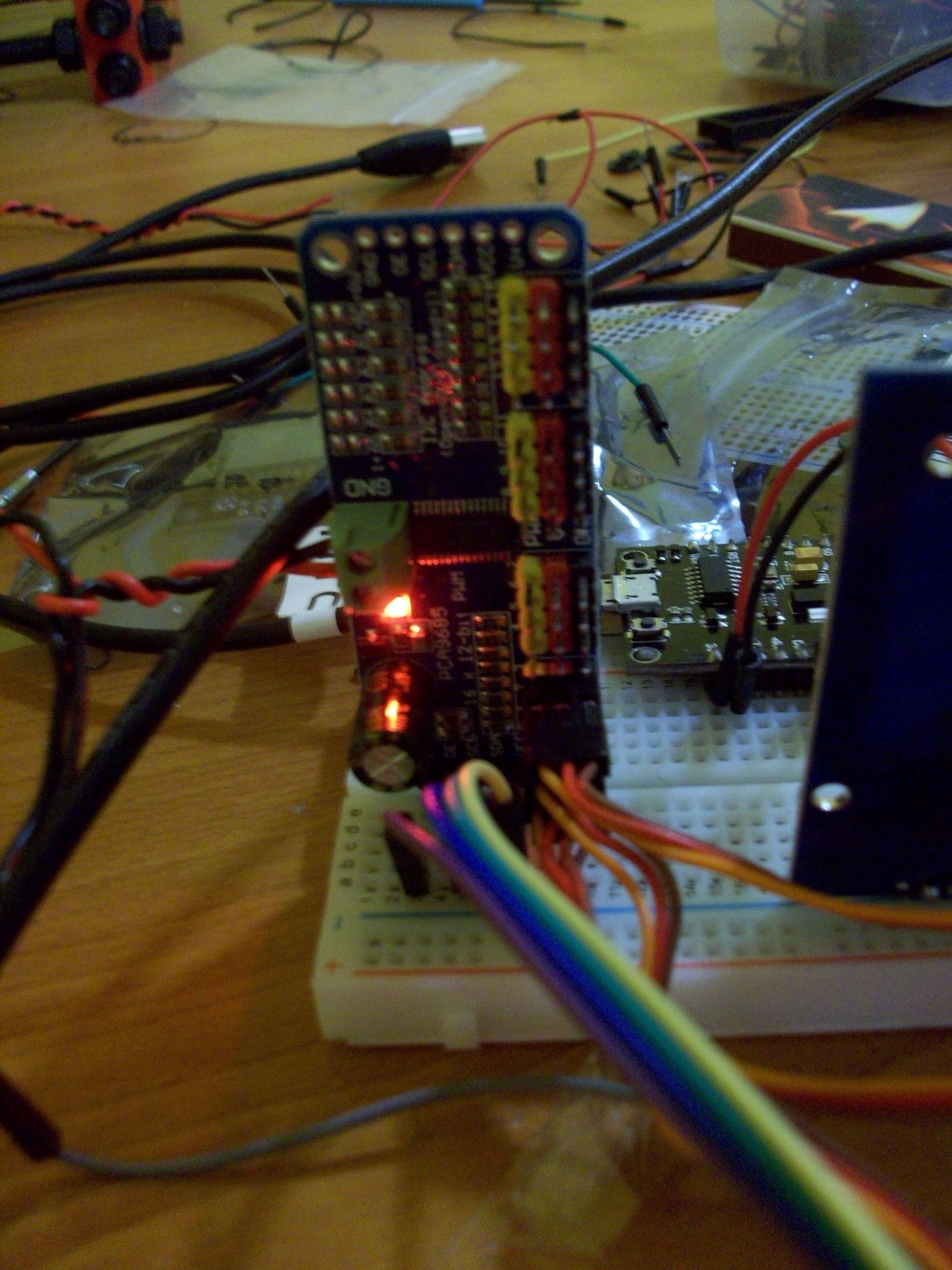

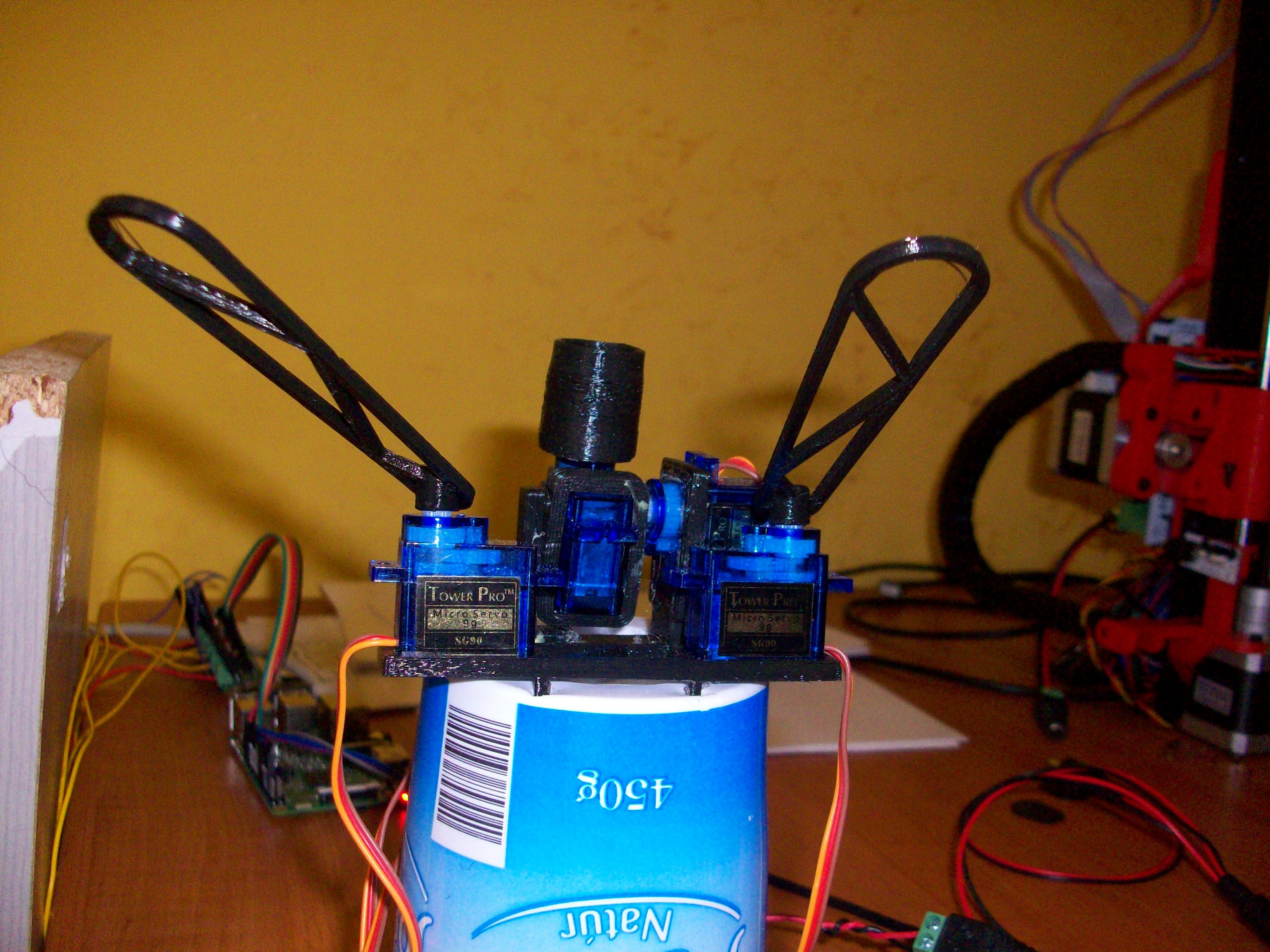


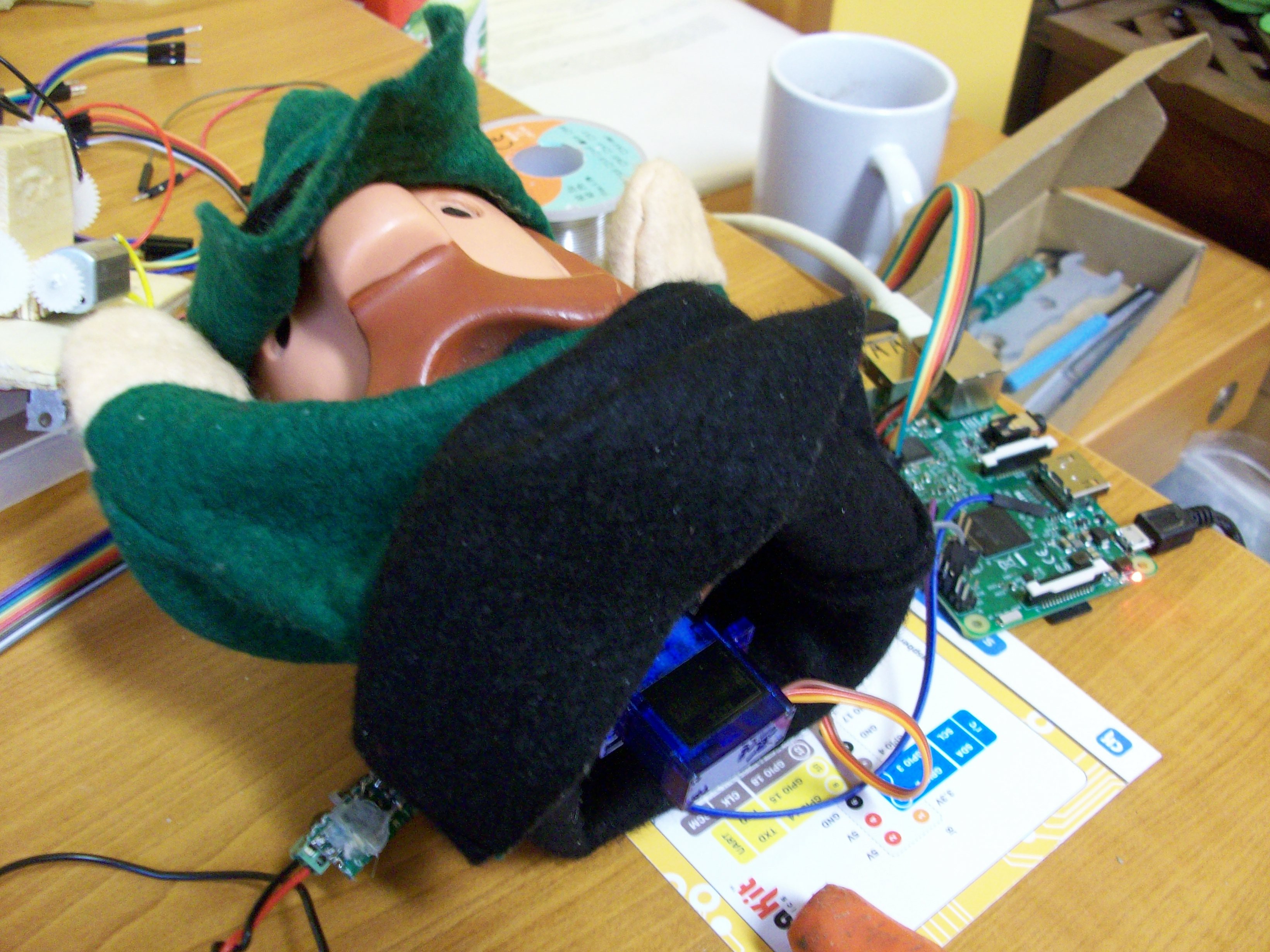 1. Mechanics
1. Mechanics 2. Electronics
2. Electronics
 Will Donaldson
Will Donaldson
 Smalls
Smalls
 Vaneh Boghosian
Vaneh Boghosian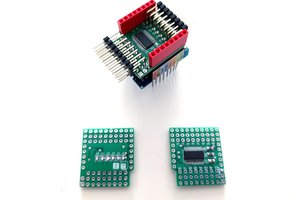
 deʃhipu
deʃhipu